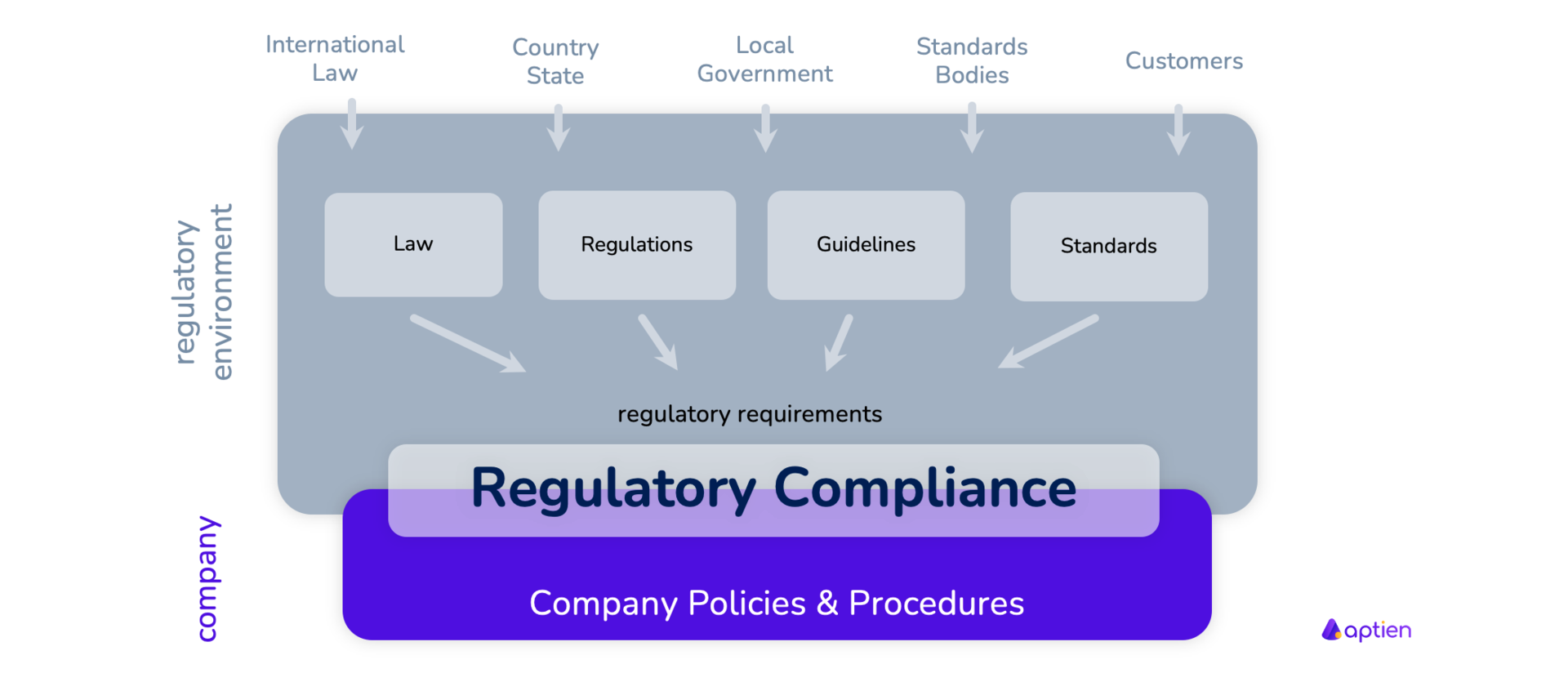Navigating Compliance: Essential Guidelines for Compliance Requirements


Navigating Compliance: Essential Guidelines for Compliance Requirements
Compliance requirements are integral for businesses, ensuring adherence to regulations and ethical standards. In this guide, we’ll explore the essential guidelines that organizations need to consider when navigating compliance requirements.
Understanding the Foundation of Compliance
At the core of effective compliance is a deep understanding of the foundation on which regulations are built. Businesses must be aware of the legal and industry-specific requirements that apply to their operations. This understanding forms the basis for developing comprehensive compliance strategies.
Identifying Industry-Specific Regulations
Different industries have unique compliance requirements tailored to their specific challenges and risks. Whether in finance, healthcare, or technology, organizations must identify and comprehend the industry-specific regulations that govern their activities. This knowledge is crucial for developing targeted compliance measures.
Mapping Internal Policies to External Regulations
Once industry-specific regulations are identified, the next step is mapping internal policies to these external requirements. Organizations should ensure that their internal policies align with the relevant regulations, creating a seamless integration between company practices and legal obligations.
Implementing Robust Compliance Programs
Robust compliance programs serve as the backbone of an organization’s commitment to adhering to regulations. These programs should encompass policies, procedures, training initiatives, and monitoring mechanisms. Implementing a comprehensive compliance program helps in fostering a culture of compliance within the organization.
Training and Awareness Initiatives for Employees
Employees are the frontline of compliance, and their awareness is critical. Organizations should invest in training programs to educate employees about compliance requirements, industry-specific regulations, and the importance of ethical conduct. Regular training initiatives help keep employees informed and vigilant.
Establishing a Clear Chain of Responsibility
A clear chain of responsibility within the organization ensures that compliance responsibilities are delegated and understood at all levels. Designating compliance officers, establishing reporting channels, and defining accountability contribute to the effective management of compliance requirements.
Regular Audits and Assessments
Continuous monitoring through regular audits and assessments is essential for evaluating the effectiveness of compliance measures. These audits not only identify areas of improvement but also serve as proactive measures to address potential compliance issues before they escalate.
Staying Updated with Regulatory Changes
Regulatory landscapes are dynamic, with laws and standards evolving. Organizations must commit to staying updated with regulatory changes relevant to their industry. Regular monitoring of legal updates and engaging with industry associations are key practices for keeping abreast of changes in compliance requirements.
Collaboration with Legal Counsel
Engaging legal counsel specializing in compliance is a strategic move for businesses. Legal professionals can provide expert guidance on interpreting complex regulations, ensuring that organizations remain in compliance. Collaborating with legal counsel adds an additional layer of assurance in navigating intricate compliance landscapes.
Transparency and Communication with Stakeholders
Transparency and effective communication with stakeholders are paramount in compliance efforts. Organizations should be proactive in communicating their commitment to compliance, ethical standards, and any changes in compliance measures. This not only builds trust but also demonstrates a commitment to accountability.
Compliance Requirements Guidelines in Action: Case Studies
To illustrate the practical application of compliance requirements guidelines, explore real-life case studies that highlight successful compliance strategies and lessons learned. These case studies offer valuable insights into how organizations navigate compliance challenges and achieve positive outcomes. Visit Compliance Requirements Guidelines for in-depth case studies and additional resources.
Conclusion: Navigating Compliance with Confidence
In conclusion, navigating compliance requires a strategic and proactive approach. By understanding the foundation of compliance, identifying industry-specific regulations, and implementing robust programs, organizations can navigate compliance requirements with confidence. Regular audits, collaboration with legal counsel, and transparent communication further contribute to a culture of compliance that enhances organizational integrity and resilience. Explore Compliance Requirements Guidelines for ongoing insights and resources on effective compliance practices.







